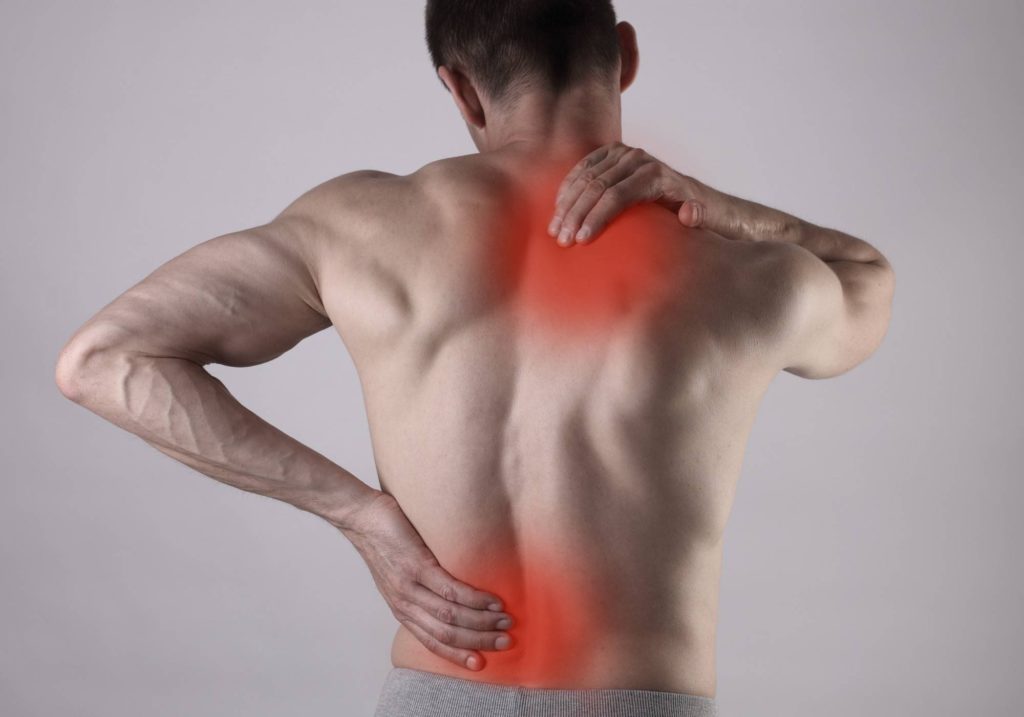In this post we discuss an alternative approach to chronically sore and tight muscles.

If you have soreness coming from a muscle that doesn’t seem to change with time, what does this represent?
Chronic muscle soreness has historically been viewed as either an overuse issue or an overactive one, providing there is no underlying pathology.
Overuse suggests that the muscle is being used too frequently with insufficient recovery time. Rather like a chronic case of post exercise muscle soreness or DOMS (delayed onset muscle soreness).
Over activity proposes that the muscle is being maintained in a state of contraction by the central nervous system.
The muscle may be assessed as tight in a range of movement examination. Or a practitioner may make this assumption on touching the tissue alone.
The traditional response to either of these situations is to massage or stretch the problem area. Both these treatment modalities have the same aim, to relax or inhibit the muscle.
Here’s the rub (no pun intended)
This presumes two things:
1) The tightness is a mistake.
2) The soreness coming from the muscle is due to an overuse or overactive issue and not an underuse or underactive one.
There is evidence to suggest both of these presumptions may be misguided.
A different perspective on chronically sore and tight muscles
I often wondered why the people who came to see me with the worst chronic muscle pain and tightness also seemed to be the weakest.
Some could barely carry themselves through the day without developing uncomfortable and sometimes painful sensations in their muscles.
Were their muscles overactive? Were they being overused? In simple terms, was their general problem over activity in the muscular system or under activity?
Common sense would suggest the latter. Particularly as appropriate strength training has been shown to improve this situation in many cases.
Why might underactive muscles also cause pain?
Muscles that are underactive due to neurological inhibition may cause as much discomfort as those deemed to be overactive.
A reduction in a muscle’s ability to contract may result in less blood flow in and around the muscle, an increase in inflammation, and most crucially to this post, an increase in pain signalling from the area.
Employing a technique such as massage or stretching will not resolve this situation. Neither will it help the tightness in the long term.
In order to get truly better you need to address the root cause of the issue. In many cases this is the inability of particular muscles to produce effective contractions.
Summary
Although it may be counterintuitive, chronically sore and tight muscles are not necessarily an indication to seek passive treatments such as massage and stretching.
Active approaches such as appropriate resistance training may provide just as much relief in the short term and give you the opportunity to train your way out of your situation in the long term.
A win, win.